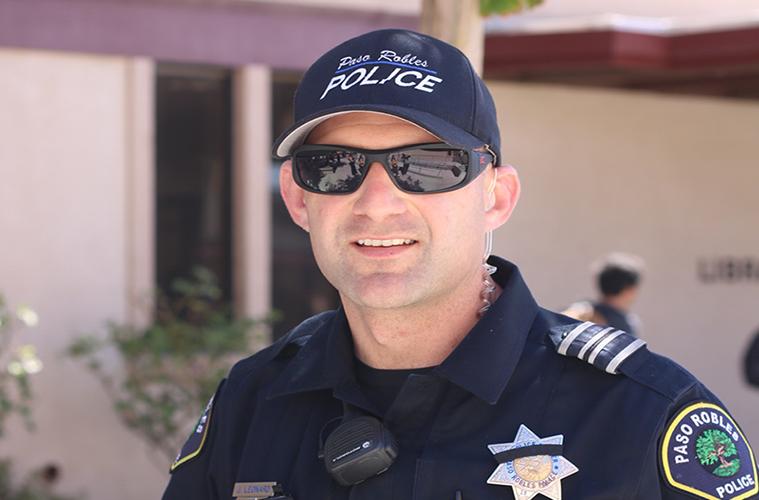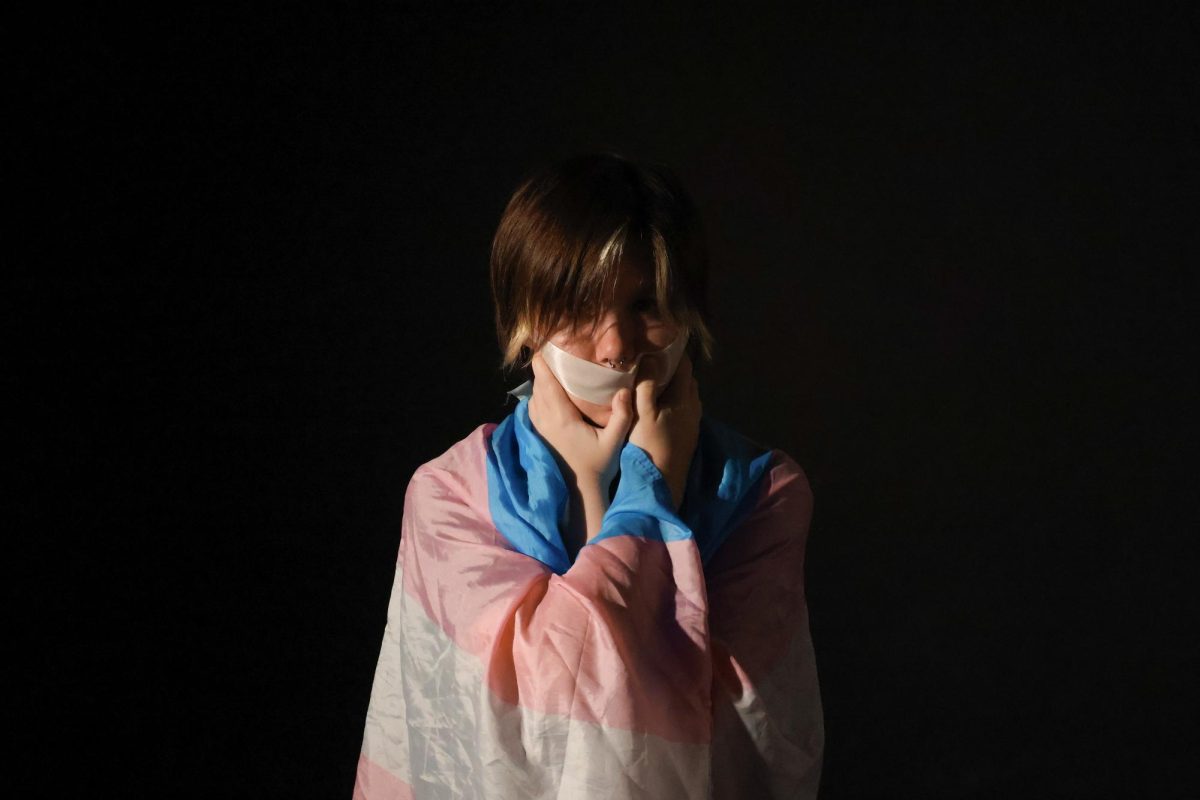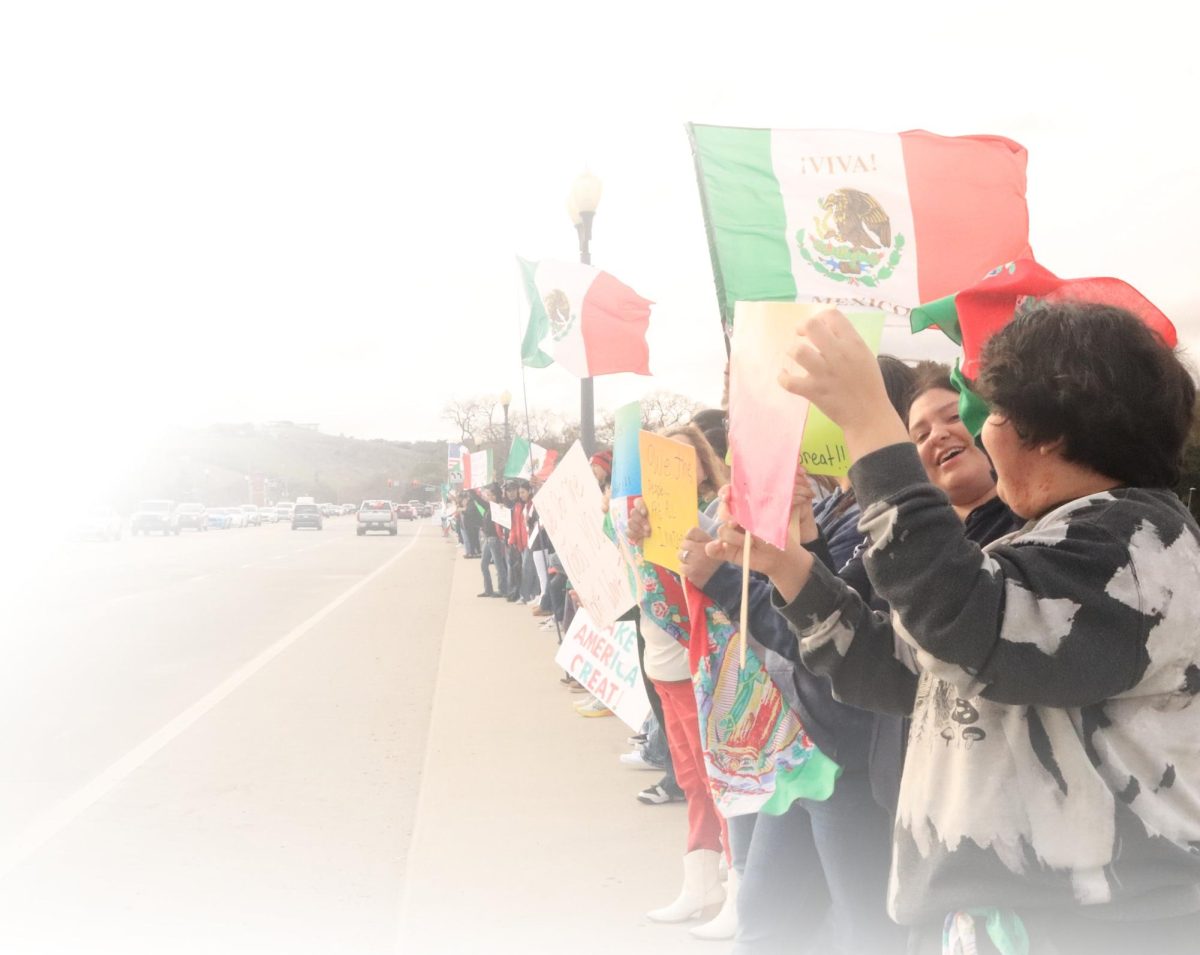[cbtabs][cbtab title=”Feature”]
PRJUSD establishes a full-time Student Resources Officer on campus
Standing in the quad making conversation with administrators, getting to know students, or introducing himself via a quick video on the morning announcements, Officer Joe Leonard can be seen around campus in uniform, as PRHS’s new Student Resources Officer.
About 78.1 percent of students reported feeling more concerned about their safety at school, according to a survey done in March. This is in due part to an increasingly polarized political climate, racial tensions, and mild violence on campus, according to the environment observed in the spring of 2018.
Additionally, the use of drugs and alcohol seem to be more prevalent than ever, with students having more access to ownership of electronic smoking devices. Looking to prevent feelings of unease or instances of physical and verbal misconduct, PRJUSD appointed Leonard of the Paso Robles Police Department to the permanent position of SRO on campus.
“I’m just here to help keep the campus safe, and be friendly, and be nice,” Leonard said. “I think it increases [students’] comfort, knowing, ‘Hey, I have armed security for me.”
The process began in March, with a series of interviews through the police department. Although the position is not necessarily new, as Officer Bob Velasquez previously served as an SRO on campus, the job description has slightly changed. Leonard will be on campus from the start to end of each school day, and may be called to other campuses within the district if a situation arises that requires his skill set.

Leonard has been interested in this position for 13 year, and is currently contracted to remain on campus permanently. His main interactions with students are reflective of counseling or simply making friendly conversation.
”We felt there was a definite need to help support our entire district,” Principal Eric Martinez said of hiring Leonard. “That’s just something that’s standard nowadays.”
The conversation about changes to the student resources officer job began mid-way through the 2017-18 school year.
The job description now allows Leonard to provide support for the high school and district by building relationships with students and families, supporting administrative and school-wide needs, and creating an avenue where kids can feel safe with him on campus. He works in dual partnership with the police departmentand the school district, in which access on both sides allows for due diligence in creating a safe environment. If a situation requires an officer of the law, Leonard is to act as the first responder and first line of defense.
Leonard has worked as an officer for 10 years, after being hired in 2007 and graduating from the academy in 2008, with experience in various positions within the SWAT team, including defensive tactics instructor, baton/taser/chemical weapons instructor, and his current position as a sniper and firearms instructor. Over the course of 10 years, he has dealt with a broad variety of situations, which he reports have given him the comfort to know that he can handle any call.
“I have the confidence to know that I can make sound decisions under stress and under pressure,” Leonard said.
Leonard also said that he has had hopes of holding this position since 2013, and applied earlier this year after seeing the job description posted on the district’s site.
“We’ve needed another [on-campus SRO] for a long time. It’s been a long time coming, so I’ve been pushing really hard for it,” Leonard said. ”If something were to happen here, your safety is my number one priority. That’s why I’m here.”
[/cbtab]
[cbtab title=”Opinion”]
Officers are increasingly common on American school campuses, which can help cultivate a sense of safety and even community around the school.
School safety has been a major debate in American society since the infamous Columbine High School shooting massacre in April 1999 where 36 students were shot by Eric Harris and Dylan Klebold, and perhaps further back than that. However, the recent spate of mass shootings across schools, totaling eight shootings and 83 deaths in the last six years, in the country seems to have brought this issue back into the spotlight.
This violence often means more security measures for schools, including police or safety officers, as shown in a 2016 study by the National Center for Education Statistics (NCES). This number has jumped from 31 percent of schools in 2005-2006 having an “armed security officer” on campus at least once per week to 43 percent during the 2015-2016 school year.
Unfortunately, some students have a sense of distrust when seeing an armed officer on campus. This is understandable, considering that teens and young adults are often likely to be stopped and/or arrested by police— they make up around 40 percent of all traffic stops made by officers, for example. However, school resource officers are meant to be there to help, and it is a positive thing for them to be present on campus.
Police officers often form healthy relationships with school staff and students. The principal of Sullivan High School in Chicago, which employs two officers on campus, affirmed in a March NPR article titled “Do Police Officers In Schools Really Make Them Safer?”, that the officers present do more than merely watch for threats— they build positive relationships with the students.
To give a local example, Joe Leonard is a school safety officer currently employed at Paso Robles High School.
“Most of the students who contact me do it just because they want to say ‘hi’,” Leonard said. “I’m a people person, and I enjoy meeting new people. For me, it’s fun to try and learn different people’s names. There’s so many students here, and so many people seem a little scared, and they’re hesitant to talk to strangers or different groups of people, so I have to talk to every group… It doesn’t matter what your social status is; I don’t care. I’ll talk to anybody.”
Several PRHS staff members praised Leonard for his work on campus.
“He’s here to do his job, but, at the same time, he’s here to provide a positive impact on our school culture,” principal Eric Martinez said of Leonard. “He’s here to serve us… he’s a nice gentleman. He’s really student friendly. He’s here to support the kids, and staff, and any of our admin on campus.”
Despite officers’ credentials, there is logic in arguments made by critics of police being present on school campuses. Some argue that putting more police officers in schools is by no means a valid solution for potential violence on campus. A Washington Post article headlined “Putting more cops in schools won’t make schools safer, and it will likely inflict a lot of harm” argues that having members of the police department on campus may create more opportunities for administration to defer to the officers for law enforcement-based approaches to discipline. Although this raises a sound issue, this cannot be applied as a blanket for all schools, particularly ones such as PRHS, which employs a single officer who is not always nearby.
Going by other schools’ experiences, having at least one resource officer on site can actually reinforce a school’s sense of community, as well as help keep students safe if anything goes awry on campus. In today’s day and age, some may find that hard to stomach. However, if we give local school resource officers a chance, there’s no need for distrust or suspicion on either side.
[/cbtab][/cbtabs]












